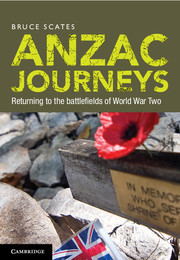Introduction
Published online by Cambridge University Press: 05 June 2013
Summary
‘This great sorrow’
In June 1942 the Japanese ship Montevideo Maru set sail from Rabaul. Its destination was Hainan, an island Japan had occupied off the southern coast of China. The cargo of 845 prisoners of war (POW) and 200 civilian internees was intended for use as slave labour. After Montevideo Maru had been at sea barely a week, a US submarine torpedoed it; there was nothing to mark the freighter as a POW transport, and as such it was a legitimate military target. Almost all the prisoners were sealed in the ship's hull, and there was no chance of escape. The stricken vessel caught fire and sank within 11 minutes.
The sinking of Montevideo Maru was one of Australia's greatest wartime disasters. It remains the greatest single loss of Australian lives at sea. The fate of men captured at Rabaul remained a mystery until after the war. Rabaul was one of the first island garrisons to be overwhelmed by the Japanese advance through South–East Asia; its airfields and harbour were captured in January 1942, weeks before the fall of Singapore. It was not until 1946 that Major Harry Williams, an officer seconded to the Australian Prisoner of War Contact and Enquiry Unit in Tokyo, discovered a nominal list of Montevideo Maru's ill–fated passengers and forwarded details home to Australia. The original list was lost and the accuracy of Williams' report soon came into question.
- Type
- Chapter
- Information
- Anzac JourneysReturning to the Battlefields of World War Two, pp. 1 - 13Publisher: Cambridge University PressPrint publication year: 2013



